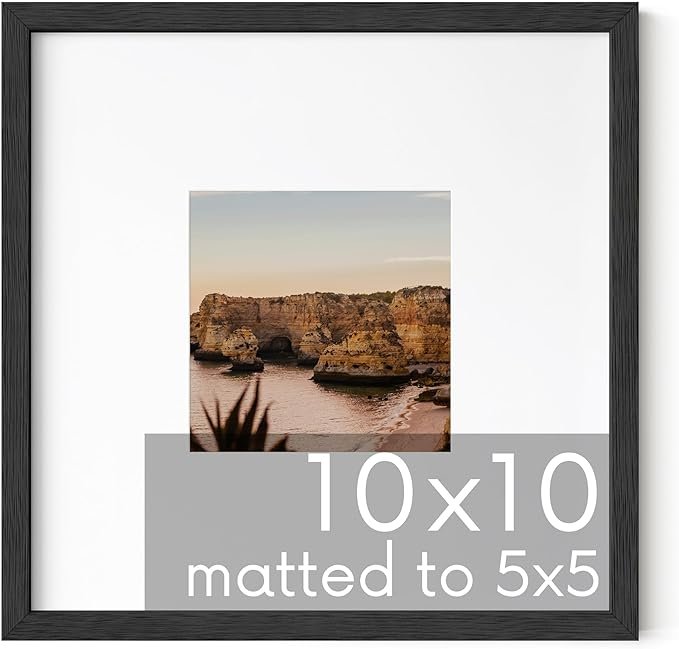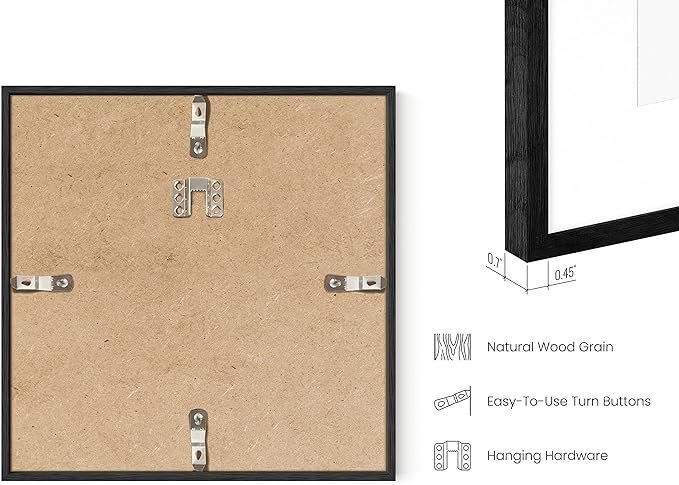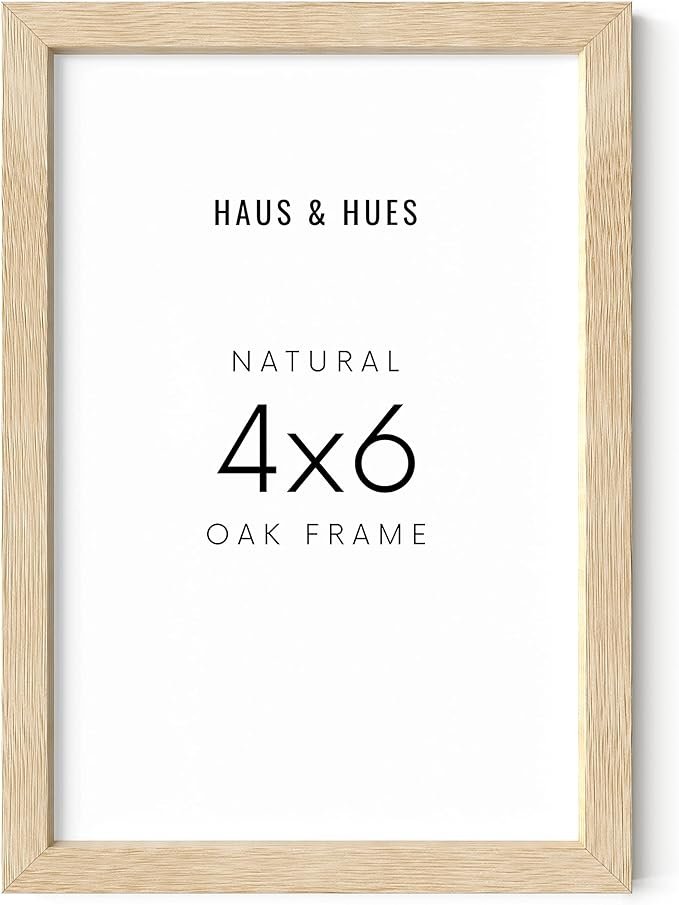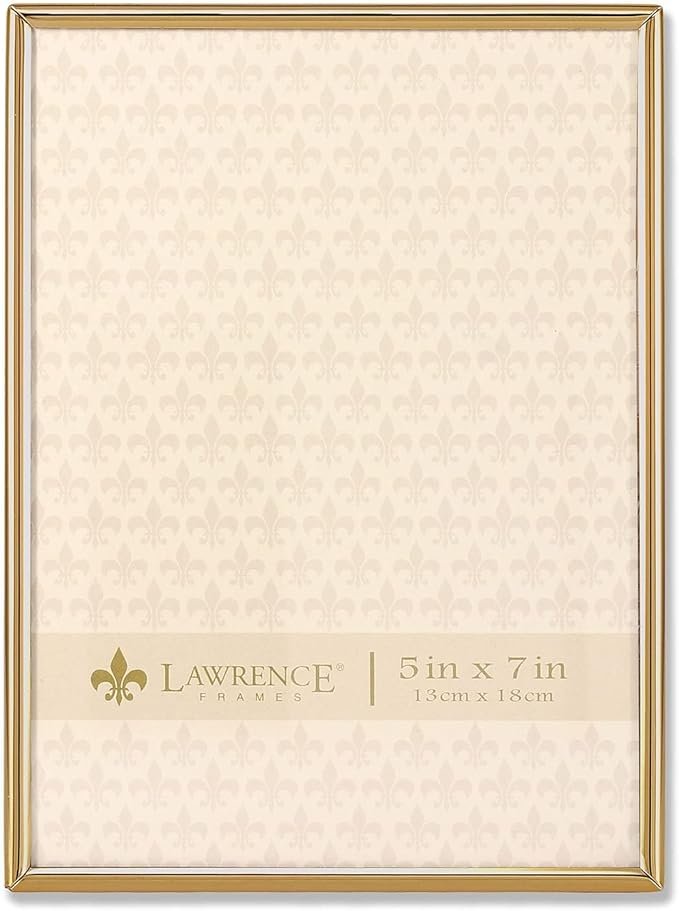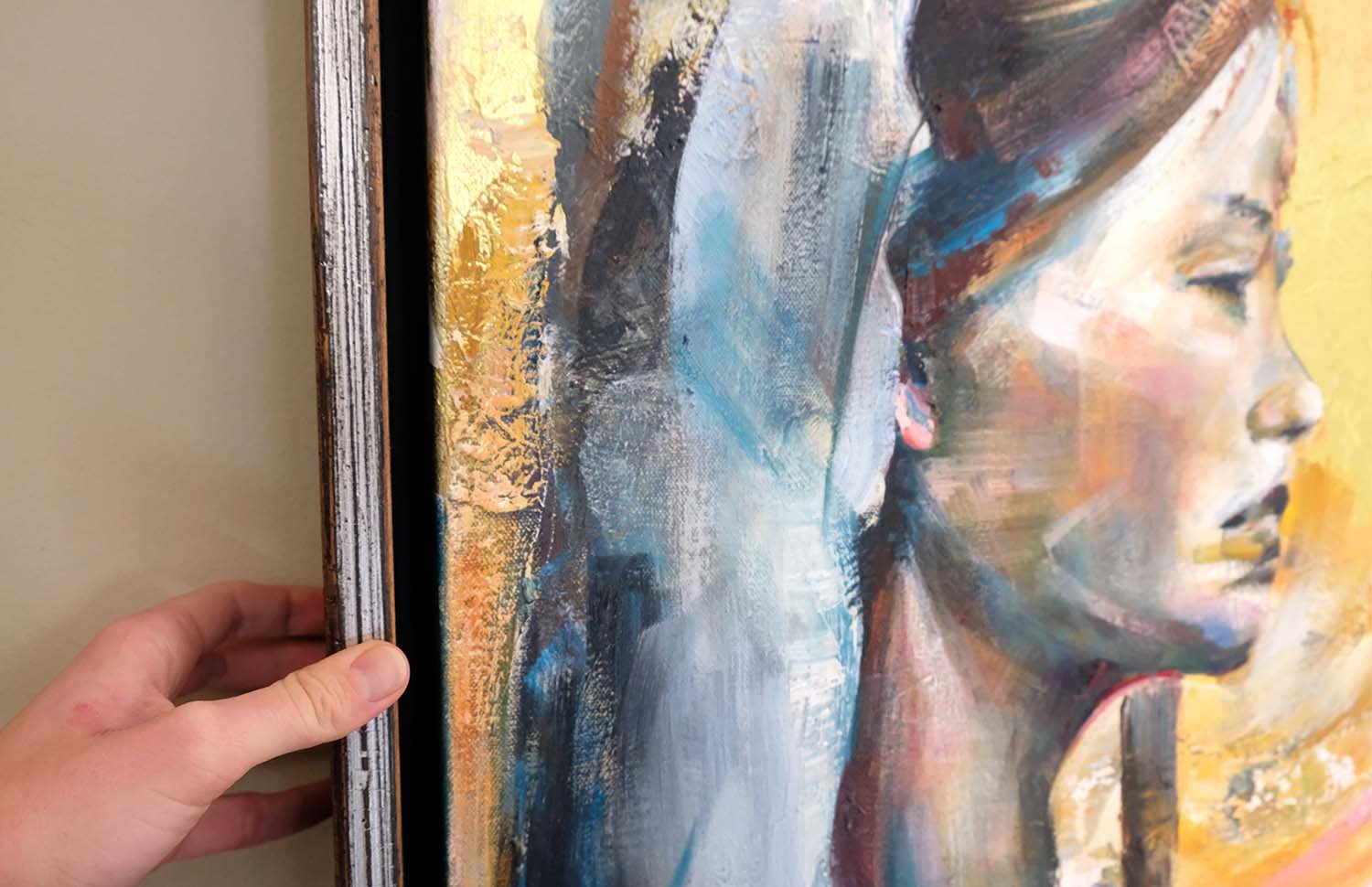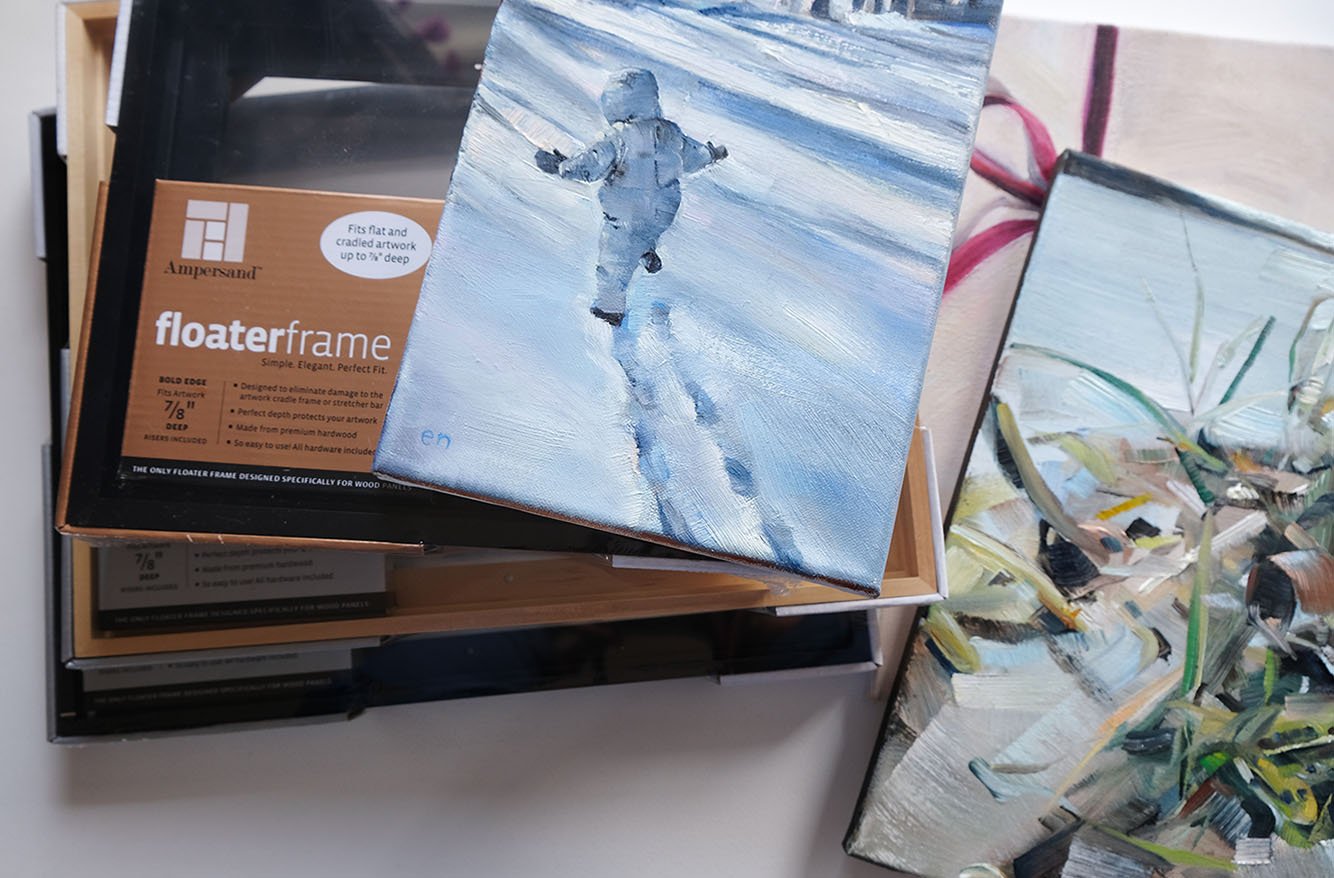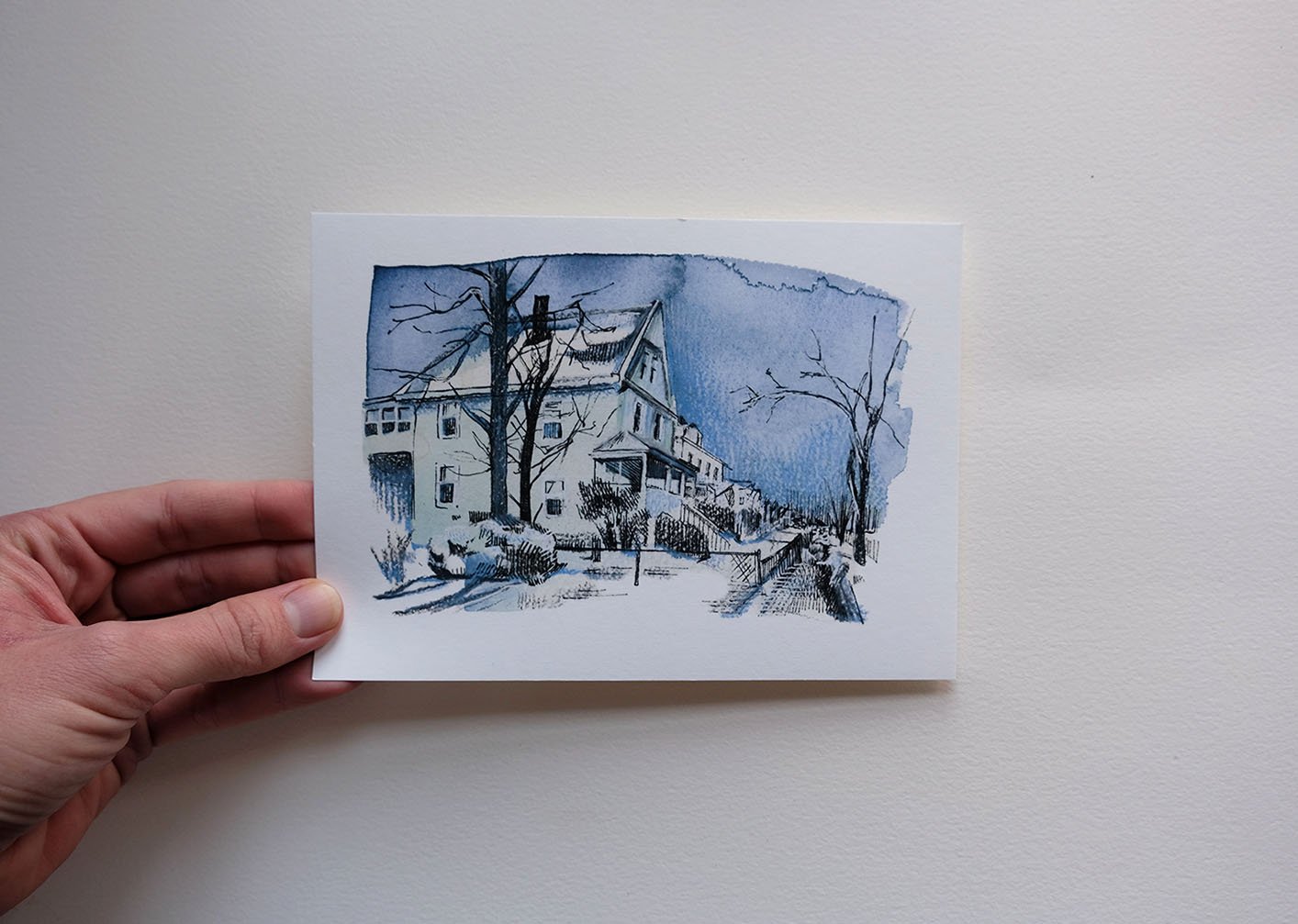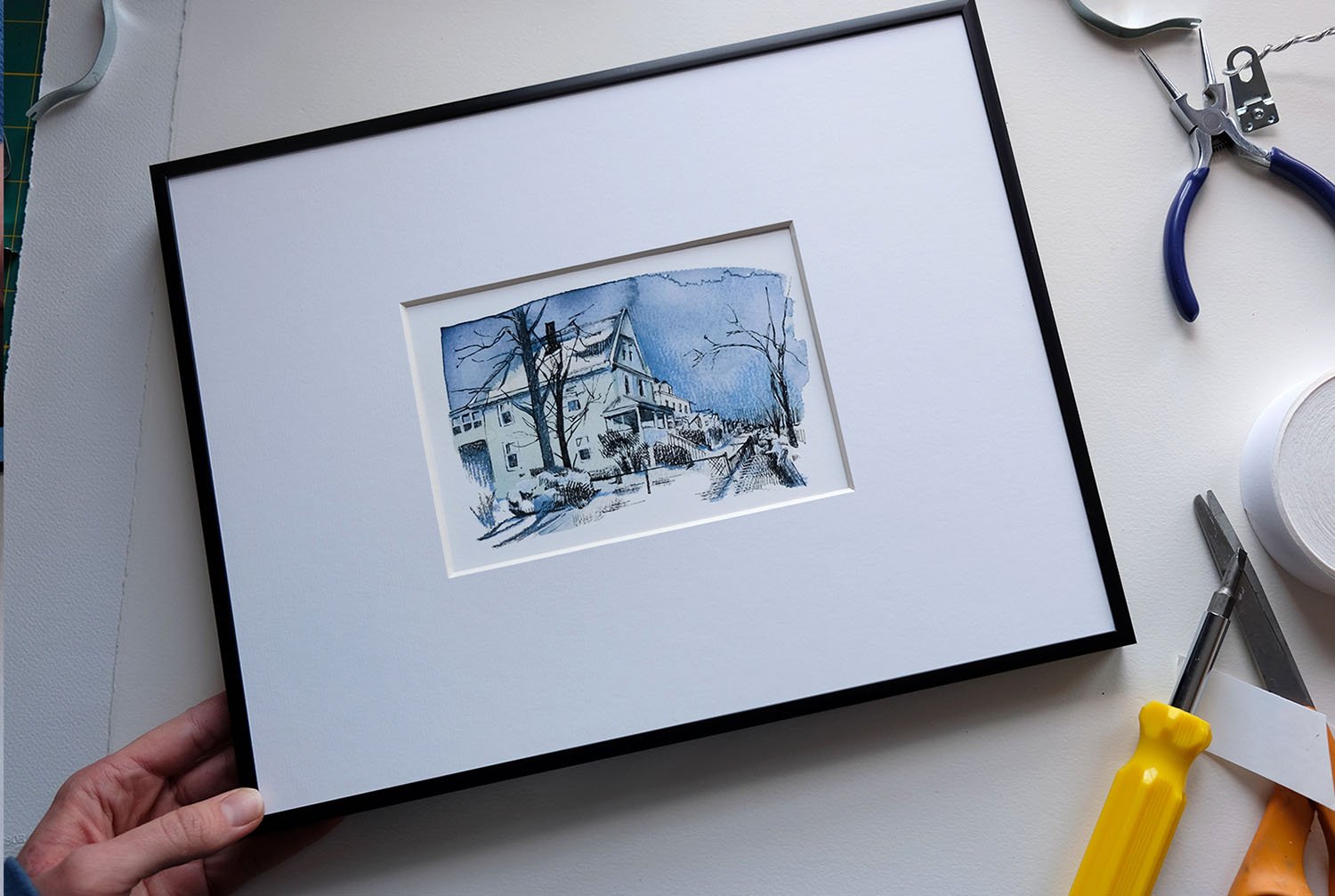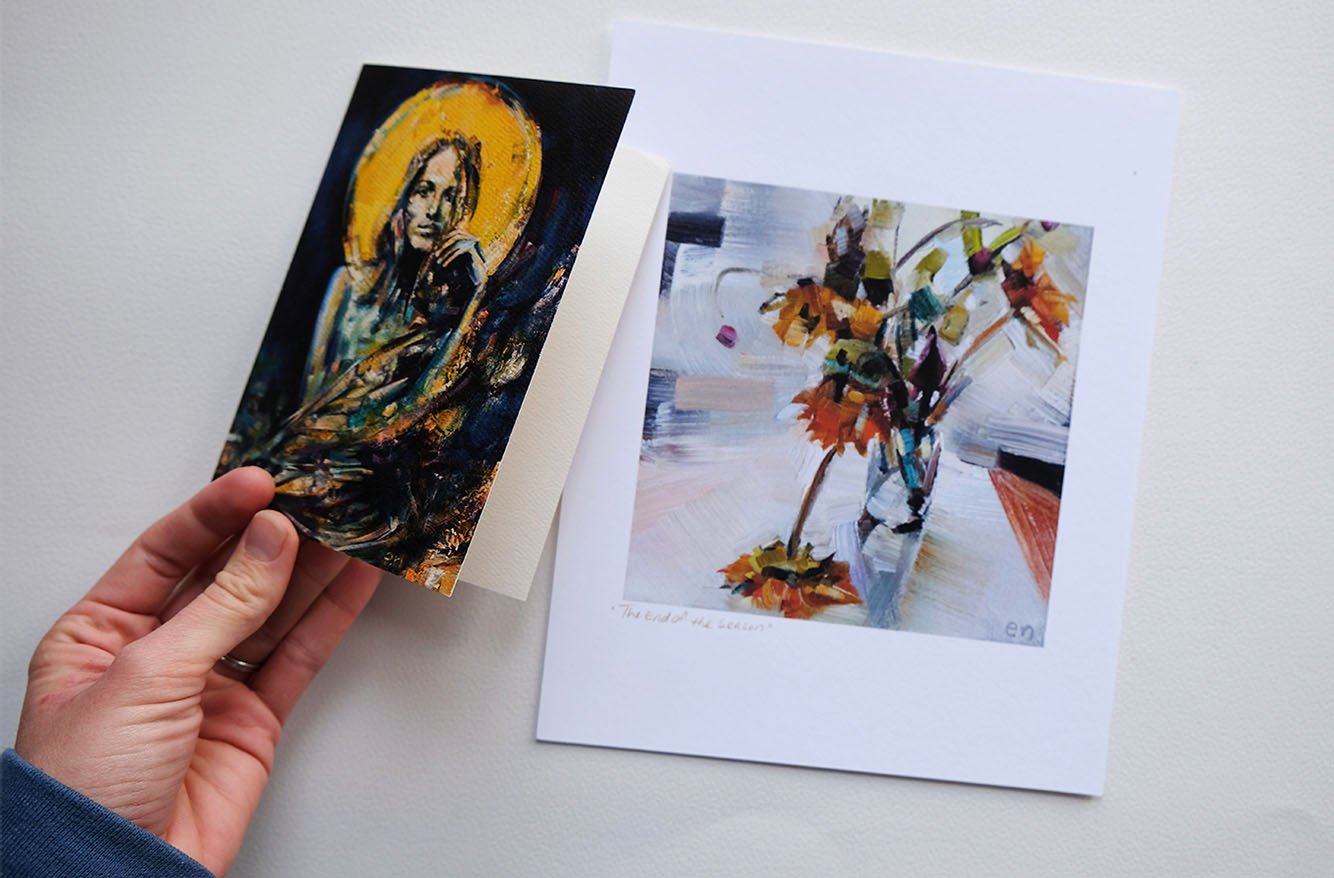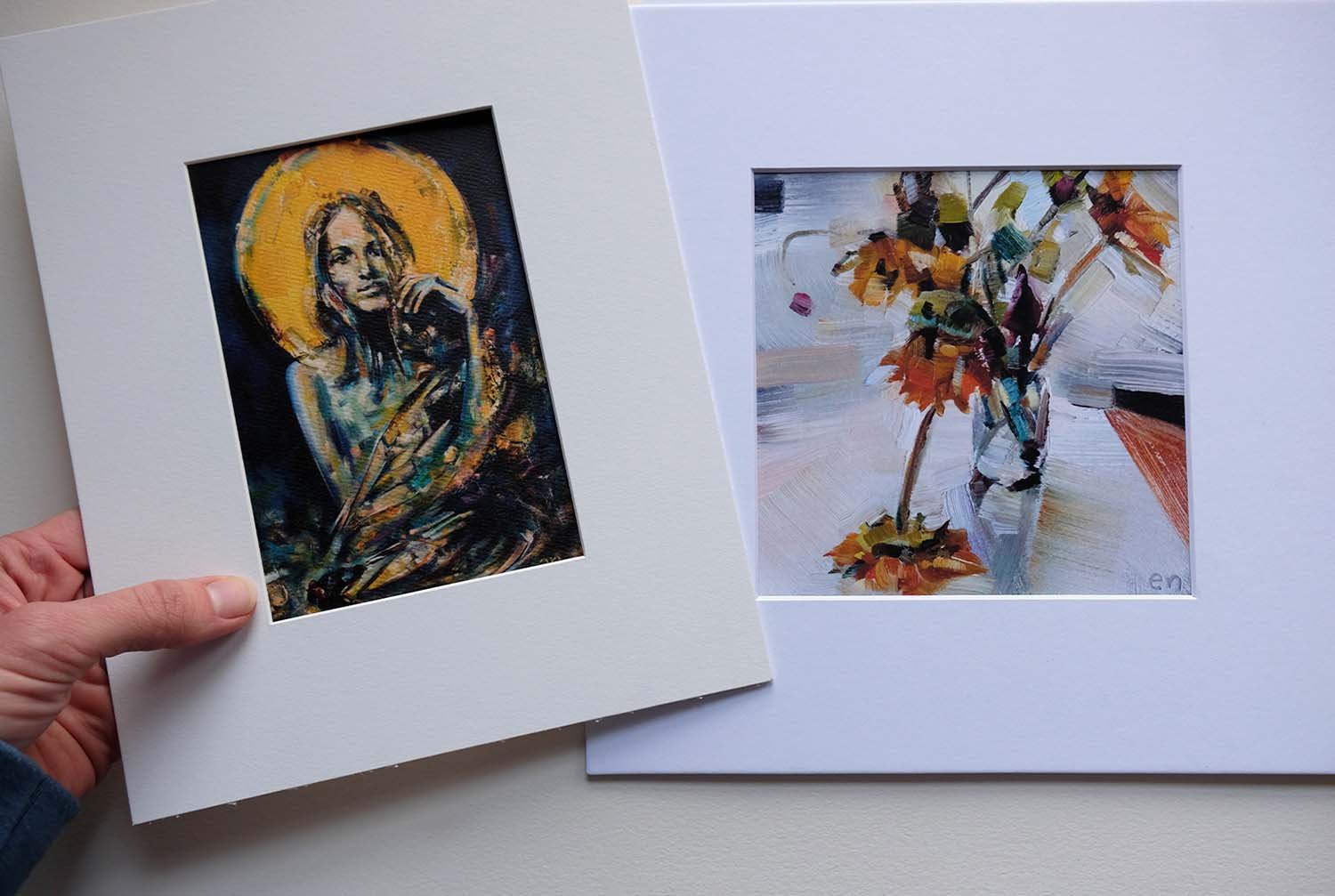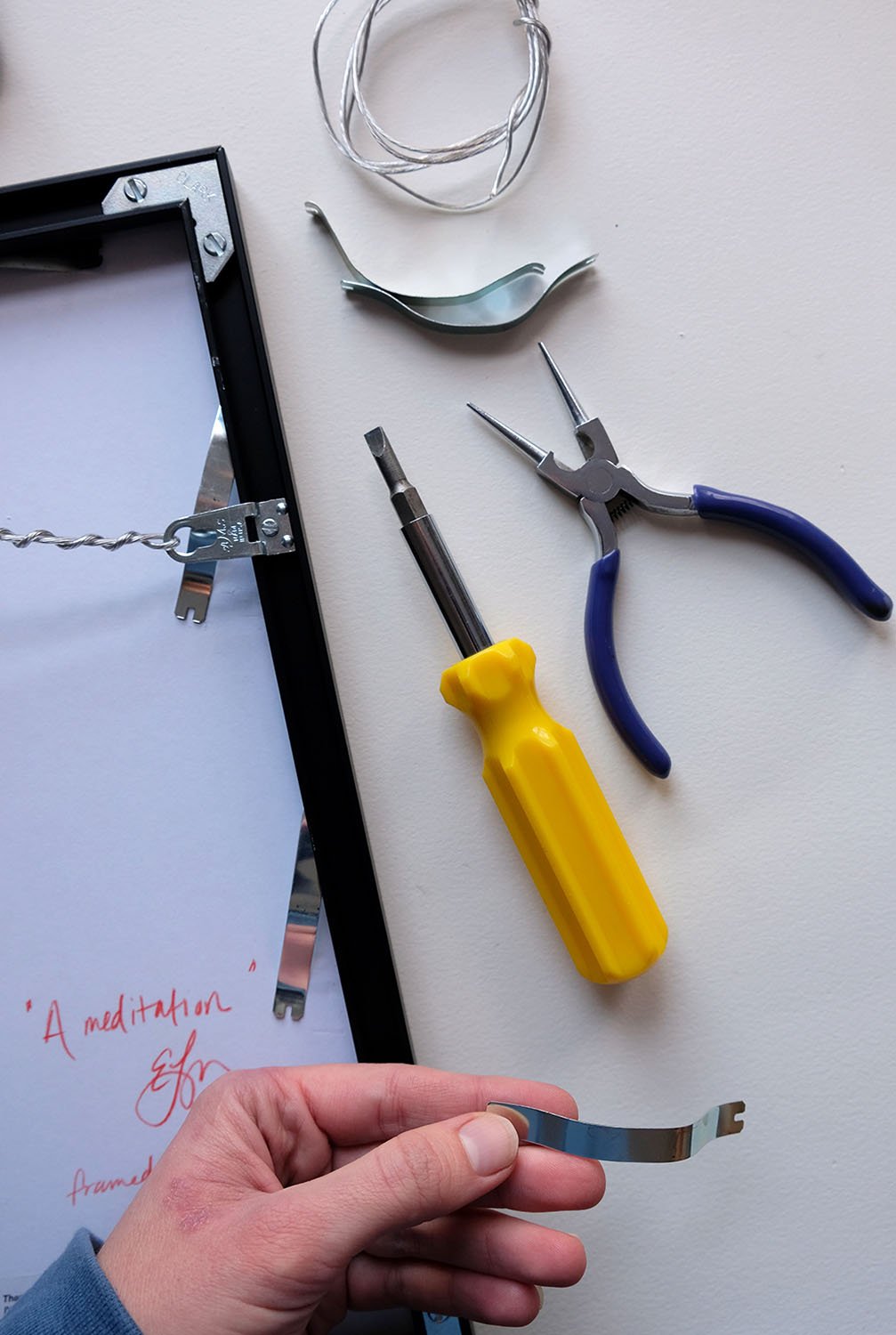framing
I am sure I’ve cursed about framing a few times. It is that extra step that that I never planned for that perpetually takes more time, effort, and money than I anticipate. It feels like an oil change, I know my car needs it, but ugh.
But now, dozens and dozens and dozens of frame jobs later, framing gives me a little thrill. It feels like dressing artwork up for a cocktail party. Good framing is transformative. I’m not a professional, but I do have experience.
Below I share what I’ve learned. I hope it helps you shortcut the frustration and get all the delight a good frame can offer.
Dig in for links to frames I’ve tried and tips on how to do high quality framing yourself.
What I’m Looking for When I Buy a Frame:
I buy frames that are already built and mats that are professionally cut for me. You can get framing kits and a mat cutter to cut your own mats. You can also make your own toothpaste. It’s your life.
Simplicity of Design:
I want the art to do the talking, so I prefer thin and simple frames with no embellishment. When I do my own framing I typically chose either thin black or gold metal, or a mildly finished hardwood.
I want my frames and framing jobs to last as long as possible. Ideally my kids will get my artwork framed as it is and not have homework to preserve the artwork they inherit.
Art Protection:
Sandwich art in acid-free matboard and backing and use acid-free tape (I use this linen tape). Acid-free means the papers and tapes are ph neutral and will not yellow or discolor over time… and they won’t yellow or discolor your artwork.
If you’re getting custom framing, get UV plexiglass or glass, to help protect my art from fading due to sun exposure longterm.
A Safety Note:
I use both plexiglass and glass, depending on a few factors:
My college painting professor severed a tendon in his thumb when a big piece of glass flexed and broke while he was framing a piece. Large pieces of glass are hazardous.
But glass is more affordable and sustainable. I prefer glass when framing pieces that are 11 x 14” and smaller.
When I know I’ll be moving, shipping artwork, or selling artwork, I buy plexiglass alternatives. It is safer around children and when handling work.
Note plexiglass scratches easily! Clean it with care.
Quality + Sustainability:
Ideally, frames use pressure to hold artwork in place. I like frames that can supply pressure with spring clips or good hardware.
Cheap frames online these days seem to be largely composite or plastic-y material. Truthfuly, the aesthetics of fake woodgrain hurts my feelings. In addition to looking cheap, I find they are not very sturdy.
Note online frames typically come with very thin plexiglass. Read the details to see what you are buying!
Cheap wooden frames dent and scuff easily but I still like them. Just handle them with care.
I am always thinking about whether my frames can be recycled when their life is over AND I’m on the hunt for frame manufacturers that don’t use plastic packaging. I have homework to do here and will update
Shop Frames I Like:
Haus and Hues on Amazon:
LINKS
Sizes and styles I ordered and will use again:
10 x 10” black, solid oak **I love this square!
8 x 10” beige, solid oak ** Super simple finish with a lovely color
16 x 20” gold metal ** Really pretty color and brushed, not-too-shiny finish
PROs
Great spring clips on the back
Metal and wood options (I’ve tried three styles, like them all!)
Lots of sizes ( I use design my prints for: 5x7”, 8x10”, 10x10”, 11x14”, 16x20”)d
CONs:
Packed in lots of plastic :(
Plexiglass is very thin
The Lawrence Gold Frame (also on Amazon)
IKEA
I haven’t been to Ikea in a few years, but historically, they have had nice, economy frames. Target, Michaels, and Amazon have lots of options too, but I feel you have to look hard to find good quality options.
Big Art + Custom Sizes
If you don’t want to pay for custom framing there are options online for you (I haven’t tried them yet!). Framebridge is very popular - they do all the work. And Art to Frame makes custom frames for you to use at home. I’ll probably sample Art to Frame for my new, big prints.
Frames for Canvases
Floater frames allow a gap between the edge of the canvas and the frame. I like the modern, clean lines and the opportunity to see the full artwork. For bigger works, I get professional framing.
Ampersand Floater Frames
For small and medium canvases, I’m beginning to use Ampersand floater frames. They are hardwood and a favorite among artists.
Matting
A good mat hugely increases the impact of your artwork. For standard sized artwork and a quick, non-custom improvement, try Golden State acid free mats, like these, on Amazon. I use them often!
*I use acid free mats and this linen tape always.
How To Video
Here is a 2 minute video to demonstrate how to do a professional T-Hinge mat job. I’m just starting to use this technique!
If your artwork isn’t super precious, I feel it is okay to use acid free tape, minimally, to secure it to a mat, like this.
Here is an example of me using a big mat to make a little print shine:
This is a 5 x 7” print in an 11 x 14” frame.
Here are examples of how mats elevate and transform:
Frame a simple card (or kid artwork, or a recipe, or tickets from a favorite trip or event… anything). Or do a little cropping to meet your design needs. Here I used an 8x10” print in a 10x10” mat to make a nice square. (I did have to trim the print a little to get the crop I wanted).
A Custom Mat Makes You Look So Pro
Here is a fantastic custom mat
it matches the paper
increases the size of the art
is extra thick (8 ply)
If you use a standard frame, and a custom mat, you’ll have a glorious framing job on a dime. You can order custom mats from Hobby Lobby, Michaels, and your local framer for $10-40. A lux mat takes your framing to the next level. Get:
Acid free (of course)
If the paper of your artwork shows, get a mat that MATCHES that paper! The right white or off white makes a huge difference, and use antique stock if you have a faded or older artwork
Thick! Mats are typically 2 or 4 ply. If you get 8 ply, you’ll be impressed
Big! Frame a 5 x 7 in a 12 x 12’” square or an 11 x 14” frame for example
I generally avoid double and colored mats. I prefer to let the art do the talking and find some of these design details distracting.
Custom Framing
Like getting a good haircut vs doing a pretty-well-educated job after watching some YouTubes, I find professional framing absolutely worth it.
In the North Boston Metro, Frame One has been an exceptional resource for me. I typically buy their ready-made frames even when I am doing my own framing. The backs of these puppies are held in place with spring clips and are sturdier than anything I’ve found at retailers.
Here is a metal frame I bought from my frame shop to do my framing at home and save on cost.
I get standard sizes, specify UV plexiglass or glass when I order them. I love the spring clips that hold art in place. These frames are so sturdy and can be used again and again.
Professional framing has lux details.
But best of all, they do all the work and are more precise craftsmen than I will ever be. Nothing is more precious to me than my time!
That was my attempt to keep this short.
I hope it saves you time and sweat. And if you ever find great frames online that I should try out, please let me know! I happily trade art for intel like that. My parting recommendation is to reward yourself when you frame something. I have frames on hand and still struggle to get art on the walls. It isn’t just you :)




